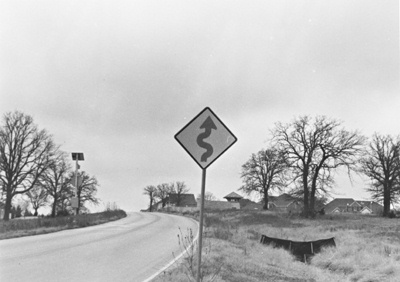All Nonfiction
- Bullying
- Books
- Academic
- Author Interviews
- Celebrity interviews
- College Articles
- College Essays
- Educator of the Year
- Heroes
- Interviews
- Memoir
- Personal Experience
- Sports
- Travel & Culture
All Opinions
- Bullying
- Current Events / Politics
- Discrimination
- Drugs / Alcohol / Smoking
- Entertainment / Celebrities
- Environment
- Love / Relationships
- Movies / Music / TV
- Pop Culture / Trends
- School / College
- Social Issues / Civics
- Spirituality / Religion
- Sports / Hobbies
All Hot Topics
- Bullying
- Community Service
- Environment
- Health
- Letters to the Editor
- Pride & Prejudice
- What Matters
- Back
Summer Guide
- Program Links
- Program Reviews
- Back
College Guide
- College Links
- College Reviews
- College Essays
- College Articles
- Back
Terrorists, tornados, and tsumanis by Lt. Colonel John Cc. Orndorff and Suzanne Harper
Terrorists, tornados, and tsunamis by Lt. Colonel John Cc. Orndorff and Suzanne Harper is a very educational book that includes tips and tricks for handling the worse. Among the nine plus topics talked about are terrorists, crime, natural disasters, hurricanes, tornados, floods, earthquakes, winter storms, tsunamis, mudslides, and volcanic eruptions.
The book explains the cause of each unusual event, such as a tornado, with simple illustrations and easy to understand definitions. It includes nice and straight-forward information to the general audience, kids and adults alike. The book has an overall non-age specific be-prepared theme that is present in the crime section as well as the avalanche section. For example, in the crime section, there is a nice little tid bit about the best place to park to avoid a robbery, or later in the crime section, what to do if a person tries to kidnap you. Each section includes a lengthy introduction that includes statistics, important facts, hand drawn illustrations, as well as a summary of the whole section. For example, in the terrorist section, the main sections were: What motivates a terrorist, How are terrorist groups organized, What are the different kinds of attacks that a terrorist group might use, and How do terrorists plan an attack. That is then followed by a Stay Safe Guide, which offers tips to protect yourself or to deal with deadly situations if you encounter them. At the end of the book there is a bibliography, as well as a more information page that informs the reader where he/she can find out more information on each subject.
While the authors make sure to inform the reader that he/she has an extremely low chance of encountering such a event like being struck by lightning or taken hostage, they provide extremely detailed but simple statistic, facts, as well as how to act in the situation. For example in the lightning section, it informs the reader that “a lighting bolt can reach over 50,000 C” or “lightning flashes occur about 2.7 million times a year in Canada”. There are many interesting facts about everyday life that are just waiting to be discovered, for example, in the book it is mentioned that if there is a lightning storm and you feel a tingling sensation, you are about to be struck by lightning and should jump to a crouching position with your mouth open, as the lightning bolt can melt your tooth fillings together.While this book isn’t a first aid kit by any measure, it is a good read and highlights the most important skills when facing life’s worst.
About the Authors
“Lt. Colonel John C. Orndorff is retired from the United States Air Force, where he was a special agent in the Office of Special Investigations. He has also traveled the world, working with American embassies and other organizations to help counter acts of terrorism. He now teaches high school AFJROTC in Tennessee.”
“Suzanne Harper is a novelist and playwright who formerly was editor in chief of Disney Adventures Magazine. She divides her time between Texas and New York City”
Overall opinion of the book
All in all, this book is essentially a book that tells the obvious as well as some interesting facts and valuable tips and tricks. For example, in the terrorist section, it offers vague tips such as keep on the lookout for suspicious people, and the section has much more statistics and facts than it has tips or tricks. This is not the authors fault, as terrorist attacks can greatly vary. This book is pretty useless to the general public, but can be a useful reminder of common knowledge for anyone unlucky enough to get caught in such a dangerous event. However, in the case of a more predictable event, such as a hurricane or earthquake, the information is much more “protect yourself” than it is facts. For example in the hurricane section it talks about adding holes in 1/4” plywood, which is then used to cover all the windows, to balance out the pressure so that the plywood is stronger against hurricane winds. Another example is in the earthquake section, where it highlights how to earthquake proof a home, a mixture of tips, tricks, common knowledge, and illustrations that include tips such as, secure your heavy light fixtures and keep harmful chemicals in a closed shelf on a lower shelf. In essence, this book is a good book to remember in a serious situation, but not a book to memorize. It basically summarizes what needs to be done to avoid/ be safe during a natural disaster or an act of terrorism.

Similar Articles
JOIN THE DISCUSSION
This article has 0 comments.
